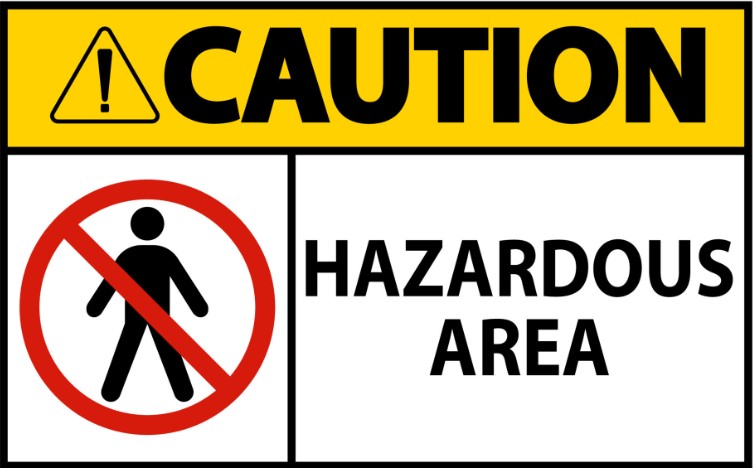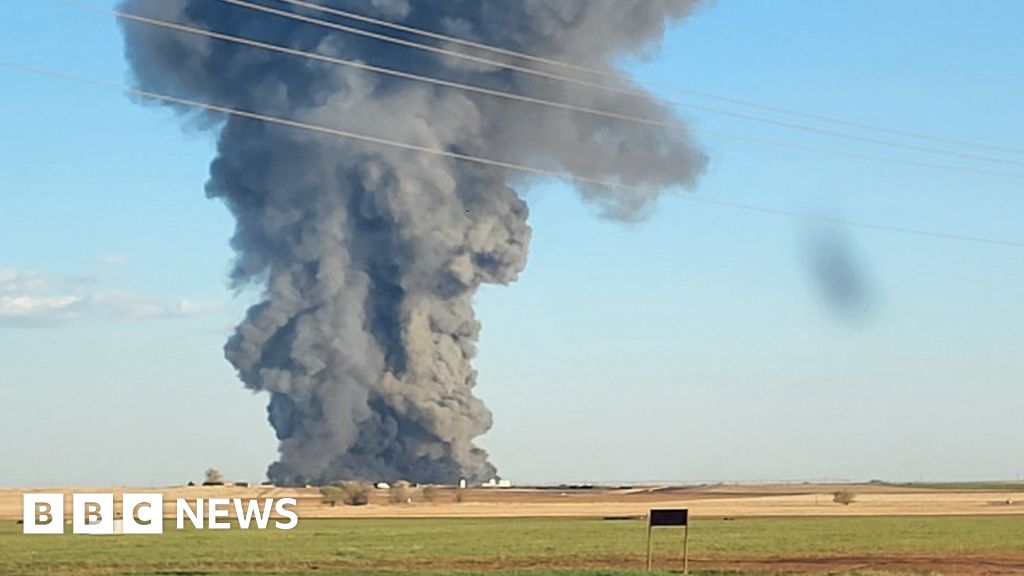EI 15
3.6.5 Surface water drainage systems
Oily water and chemical sewers can become contaminated with flammable fluids during normal operations, and openings to atmosphere should therefore be regarded as sources of primary grade release.
Normal open surface liquid drain channels, typically not more than 0,5 m wide, handling flammable materials should have a nominal hazardous area of 1 m horizontal radius each side and 1 m radius vertically above them. Where there is a possibility that a hot material (e.g. category C fluid above 50 °C or steam condensate) could enter the drain in sufficient quantities to produce an appreciable flammable vapour, or that category A or B materials could inadvertently enter, these distances should be extended to 3 m.
The vaporisation rate from any vents on drain systems should normally be low and a Zone 1 hazardous area should be drawn in accordance with Table 3.2 assuming a vent rate of not more than 10 m3/hr at ambient conditions.
The possibility of abnormal releases (e.g. hot water) entering the drains and the vaporisation of volatile liquids should be considered. Based on this it may be appropriate to define a larger Zone 2 area for the vent using dimensions given in Table 3.2 consistent with the higher vapour emission rate.
The possibility of vapour release should always be considered when access chamber covers are lifted or temporarily removed.
Note: Drainage systems for distribution installations should be designed with consideration given to the principles detailed in EI Model code of safe practice – Part 2: Design, construction and operation of petroleum distribution installations and EI Environmental guidelines for petroleum distribution installations. In the case of filling stations, the design should give consideration to the principles detailed in APEA/EI Design, construction, modification, maintenance and decommissioning of filling stations.




